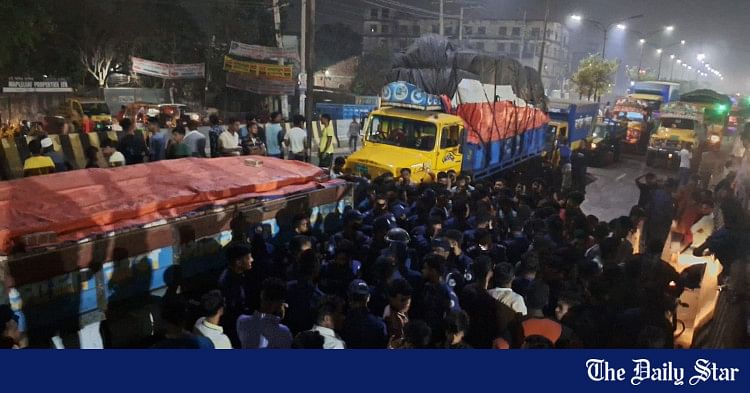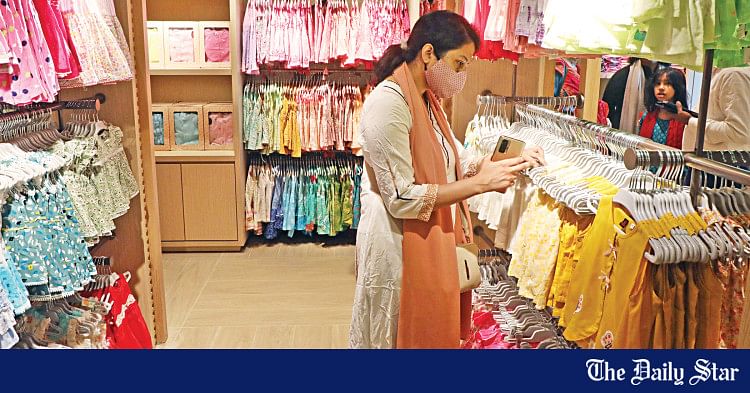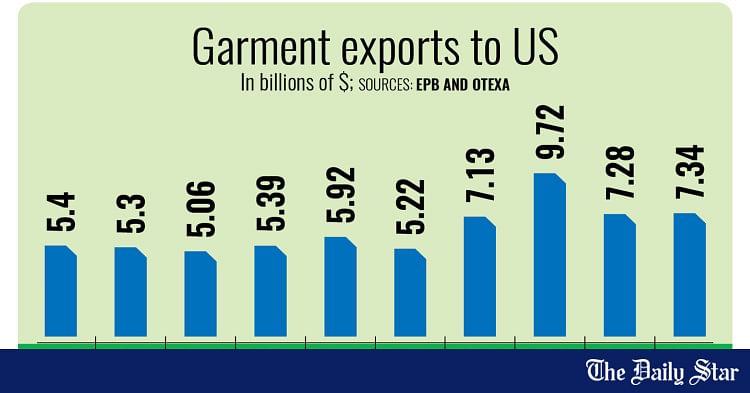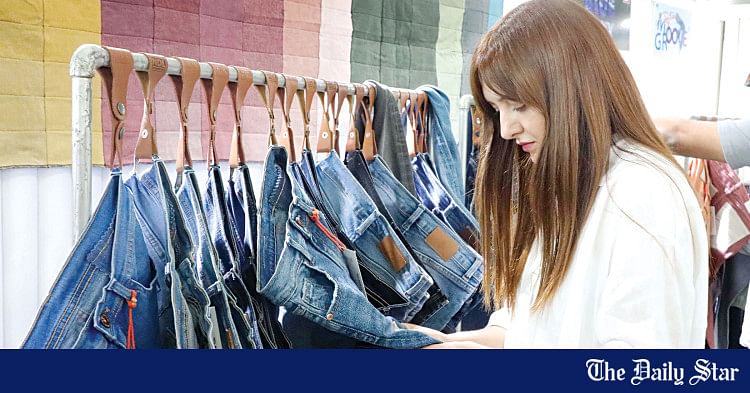Saif
Senior Member
- Jan 24, 2024
- 12,850
- 7,070
- Origin

- Residence

- Axis Group

- Copy to clipboard
- Thread starter
- #265

RMG workers block Dhaka-Aricha highway in Savar demanding arrears
Despite assurances of paying salaries to workers after iftar today, the officials left the factory without paying their dues
RMG workers block Dhaka-Aricha highway in Savar demanding arrears

Photo: Star
Workers of a ready-made garment factory blocked the Dhaka-Aricha highway last night demanding payment of two months' arrears.
Hundreds of workers of Pratik Apparels Limited, whose factory is located in Karnpara area, started the protest by blocking the highway around 7:30pm. The workers continued to block the highway till the filing of this report at 10:15pm.
The blockade caused severe traffic congestion on both sides of the highway.
The agitating workers told The Daily Star that despite several strikes like these, the factory owner has not yet paid the workers' salaries.
Despite assurances of paying salaries to workers after iftar today, the officials left the factory without paying their dues.
Later, they blocked the highway.
The aggrieved worker said they will not move from the road until the outstanding dues are paid.
Mohammad Mominul Islam Bhuiyan, superintendent of
Ashulia Industrial Police-1 told The Daily Star that the workers had been staying at the factory premises all day demanding their arrears.
The owner was supposed to pay the salary today but did not. So the workers took to the streets after iftar, he added.
"We, along with the army personnel, are at the scene. We are not getting any help from the owner. The workers are demanding their salaries but the owner is not meeting the workers," he added.
Photo: Star
Workers of a ready-made garment factory blocked the Dhaka-Aricha highway last night demanding payment of two months' arrears.
Hundreds of workers of Pratik Apparels Limited, whose factory is located in Karnpara area, started the protest by blocking the highway around 7:30pm. The workers continued to block the highway till the filing of this report at 10:15pm.
The blockade caused severe traffic congestion on both sides of the highway.
The agitating workers told The Daily Star that despite several strikes like these, the factory owner has not yet paid the workers' salaries.
Despite assurances of paying salaries to workers after iftar today, the officials left the factory without paying their dues.
Later, they blocked the highway.
The aggrieved worker said they will not move from the road until the outstanding dues are paid.
Mohammad Mominul Islam Bhuiyan, superintendent of
Ashulia Industrial Police-1 told The Daily Star that the workers had been staying at the factory premises all day demanding their arrears.
The owner was supposed to pay the salary today but did not. So the workers took to the streets after iftar, he added.
"We, along with the army personnel, are at the scene. We are not getting any help from the owner. The workers are demanding their salaries but the owner is not meeting the workers," he added.













